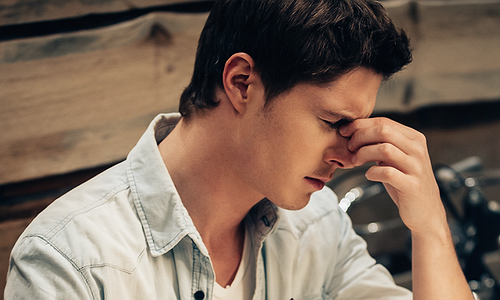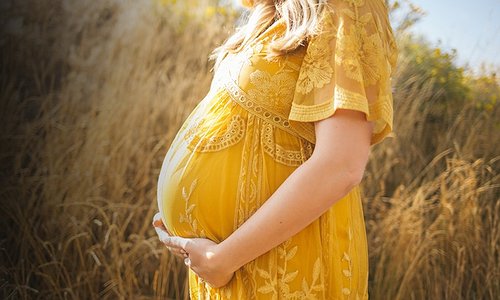Know your plastics to avoid health pitfalls
You’re feeling rather smug as you chug another gulp of water from your trusty old plastic water bottle, which is still in service a month since you bought it. Helping your body and the planet, right? Wrong.
Many consumers are unaware that lots of plastics, which are used to manufacture everything from water bottles to foam drinking cups, are potentially deadly for both people and the planet.
Healthy habits such as considering what you put into your body, and drinking more water, mean little if your storage methods are contaminating the liquids that you consume.
Additives and softeners used in some types of plastic have never been tested for safety, while other ingredients have been linked to reproductive problems, diabetes, cancers and other diseases.
So many people tend to re-use plastic bottles after purchasing bottled water and don’t realise that toxins could be seeping into the water with every refill.
This means that before you buy products, it’s important to check bottles and containers for plastic grade markers. Then you can avoid possible negative side-effects simply by making smarter lifestyle choices. Another savvy decision is investing in a SodaStream machine that allows you to carbonate water at home.
Here’s an easy guide to seven plastic grades:
1 (PET) – Polyethylene Terephthalate
Releases endocrine-disrupting chemicals like acetaldehyde over time, as well as toxic antimony.
Uses: Most commonly made into polyester fibres, also used in bottles for water or soda. Use these once only then drop off at your nearest recycling facility.
02 (PE-HD) – Polyethylene (high density)
Additives and softeners used in this plastic have never been tested for safety.
Uses: Milk and detergent bottle caps, food storage containers, plastic bags and even plastic surgery.
03 (PVC) – Polyvinylchloride
The most toxic plastic, leaching phthalates, dioxins and more. Linked to reproductive problems, organ toxicity and even cancers.
Uses: Water pipes, siding, signs, insulation, clothing, furniture, pleather, shower curtains and even toys. Always look at the list of materials when buying toys, and keep a watchful eye on what youngsters put in their mouths. A toy may not look harmful but the effects of the toxin could be.
04 (PE-LD) – Polyethylene (low density)
Relatively chemically non-reactive, these plastics degrade very slowly and present a burden to the environment for centuries.
Uses: Laminates, disk drives, snap-on lids, six-pack rings, playground slides and plastic wraps.
05 (PP) Polypropylene
Additives and softeners used in this plastic have never been tested for safety.
Uses: Packaging textiles, carpets, stationary, laboratory and medical equipment, moulded shapes and nappies.
06 (PS) Polystyrene
These plastics leach extremely toxic brominated flame retardants (chemical additives to make products less flammable) over their entire lifespan.
Uses: Packaging foam drink cups, insulation, rigid shapes like DVD cases or frames, and for packing peanuts.
07 (O) – Bisphenol A and others
Bisphenol A mimics the effects of the hormone oestrogen. It is linked to infertility and developmental damage.
Uses: A catch-all category for all other plastic types, includes bioplastics and multi-layered resins. Toxic bisphenol A may also be used in other plastics.
Sensible solutions
This list of plastics and their potential pitfalls can feel quite overwhelming, as plastic is found in some many everyday products. So what should you do?
Be mindful when buying products. Consider the recycling codes and the number of times plastic can be used before dropping it off at a recycling facility. For example, Grade 1 plastic bottles should be discarded after first use.
Another consideration is changing to SodaStream, a design-savvy machine that allows you to carbonate water at home. It’s a quick, easy and cost-effective way to transform ordinary tap water into sparkling water for as little as R3.33 per litre. And you can choose from 15 delicious flavours to create carbonated soft drinks as well as innovative cocktails, mocktails and even an energy drink.
SodaStream is leading the revolution against wasteful and polluting bottled and canned beverages – it’s an effective and delicious solution for people who want to reduce their environmental footprints, while still enjoying great tastes.
The carbonating bottle is free of grade 7 Bisphenol-A, the chemical used to produce reusable plastic products.
The carbonating machines also use neither electricity nor batteries, only aluminium carbonators that can be returned and re-used.
An eco-friendly lifestyle is a journey of educating yourself and making sensible buying and usage decisions. Knowing your plastic recycling codes is an important milestone on this path to minimizing your carbon footprint.
For more information and recipes click HERE.
Submitted by: Bronwen Dowman / Meropa
Thumbnail URL
Main Image URL




